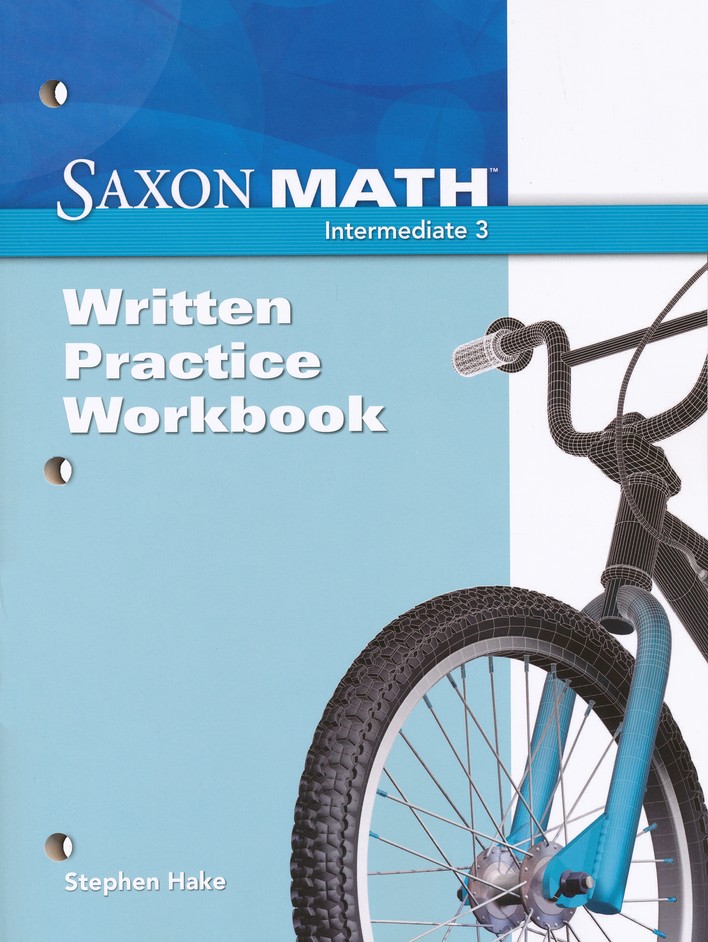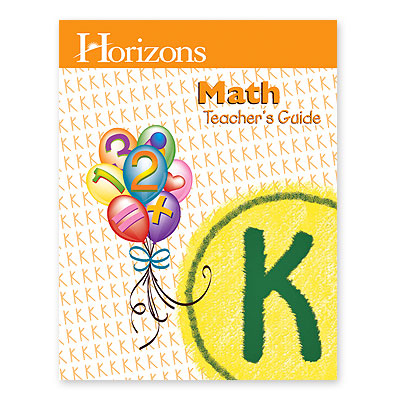Description
The Saxon Math Intermediate 3 Written Practice Workbook serves as an invaluable companion resource for homeschooling families using Stephen Hake’s trusted incremental math approach. This carefully curated collection contains what Saxon considers the most important exercises from their comprehensive Intermediate 3 curriculum, making it an essential tool for reinforcing mathematical concepts and building long-term retention.
How This Workbook Enhances Your Homeschool Experience
Building Mathematical Confidence Through Repetition
Saxon’s proven spiral methodology shines through in this workbook, where your child encounters previously learned concepts repeatedly in different contexts. This approach helps transform mathematical procedures from temporary memorization into permanent understanding. Each exercise serves as a stepping stone, building upon previous knowledge while introducing subtle variations that deepen comprehension.
Flexible Implementation for Different Learning Styles
Homeschooling families particularly value this workbook’s adaptability to various teaching approaches. Visual learners benefit from seeing problems laid out clearly with ample workspace, while kinesthetic learners appreciate the hands-on nature of working through problems with pencil and paper. The lesson reference numbers beneath each problem allow parents to quickly identify which concepts need additional review or reteaching.
Supporting Independent Learning
As children progress through elementary mathematics, fostering independence becomes increasingly important. This workbook bridges the gap between parent-guided instruction and self-directed learning. Students can work through familiar problem types independently, building confidence while parents focus their direct instruction time on introducing new concepts or addressing specific challenges.
Practical Applications for Your Homeschool
Customizing Your Math Schedule
The workbook’s organization allows families to adapt Saxon’s program to their unique schedules and learning pace. Some families use it for daily practice, while others incorporate it as review material during lighter academic periods or summer months. The perforated pages make it easy to remove completed work for portfolios or to allow multiple children to work on different sections simultaneously.
Addressing Learning Gaps and Reinforcement
When children struggle with specific mathematical concepts, the lesson reference system becomes particularly valuable. Parents can quickly locate related problems throughout the workbook, creating targeted practice sessions that address specific areas of difficulty. This systematic approach helps prevent learning gaps from becoming persistent challenges.
Preparing for Standardized Assessments
The comprehensive review nature of the Written Practice exercises naturally prepares students for various assessment formats. The mixed practice problems mirror the approach used in many standardized tests, where students must identify problem types and apply appropriate strategies without explicit prompting.
Integration with Saxon’s Complete System
Connecting with Investigation Activities
While this workbook focuses on written practice, it complements Saxon’s hands-on Investigation activities that appear every ten lessons in the main curriculum. The written practice reinforces concepts introduced through these real-world applications, such as data collection for bar graphs or geometric shape exploration.
Supporting Different Family Dynamics
Large families particularly appreciate how this workbook facilitates multi-level instruction. While one child works independently on written practice, parents can provide direct instruction to siblings at different mathematical levels. The clear problem layout and self-explanatory format reduce the need for constant supervision.
Maximizing Learning Outcomes
Strategic Use of Early Finishers Questions
The included Early Finishers questions serve multiple purposes in the homeschool environment. They provide enrichment for mathematically gifted children, offer additional practice for students who need more repetition, and can be saved as review material for end-of-unit assessments or transition periods between grade levels.
Tracking Progress and Identifying Patterns
The systematic organization of problems allows parents to track their child’s progress over time and identify patterns in mathematical understanding. Some families keep completed workbooks as records of academic progress, while others use them to inform decisions about pacing and advancement to higher-level Saxon materials.
Transitioning to Higher-Level Saxon Programs
This workbook serves as an excellent foundation for families planning to continue with Saxon Math 5/4 and beyond. The problem-solving approaches and mathematical thinking patterns established through consistent written practice prepare students for the more independent work required in upper-level Saxon programs.
Educational Attributes:
- Grade Level: 3
- Subject: Mathematics
- Learning Style: Visual, Kinesthetic, Independent Study
- Educational Approach: Incremental/Spiral
- Curriculum Type: Mastery-Based
Practical Attributes:
- Page Count: 238
- Lesson Count: Aligned with 110 lessons
- Answer Key Included: No (references provided to main curriculum)
Content/Scope Attributes:
- Topics Covered: Addition/subtraction review, multiplication facts, division, fractions, measurement, geometry, money, time, patterns, problem solving
- Real-world Applications: Investigation activities, data collection, practical measurement applications
Format/Usability Attributes:
- Format: Consumable workbook
- Reproducible: No
Special Features:
- Lesson reference numbers for targeted review
- Early Finishers enrichment questions
- Three-hole-punched for easy organization
- Perforated pages for portfolio inclusion
- Newsprint-style pages for cost-effective practice





Reviews
There are no reviews yet.